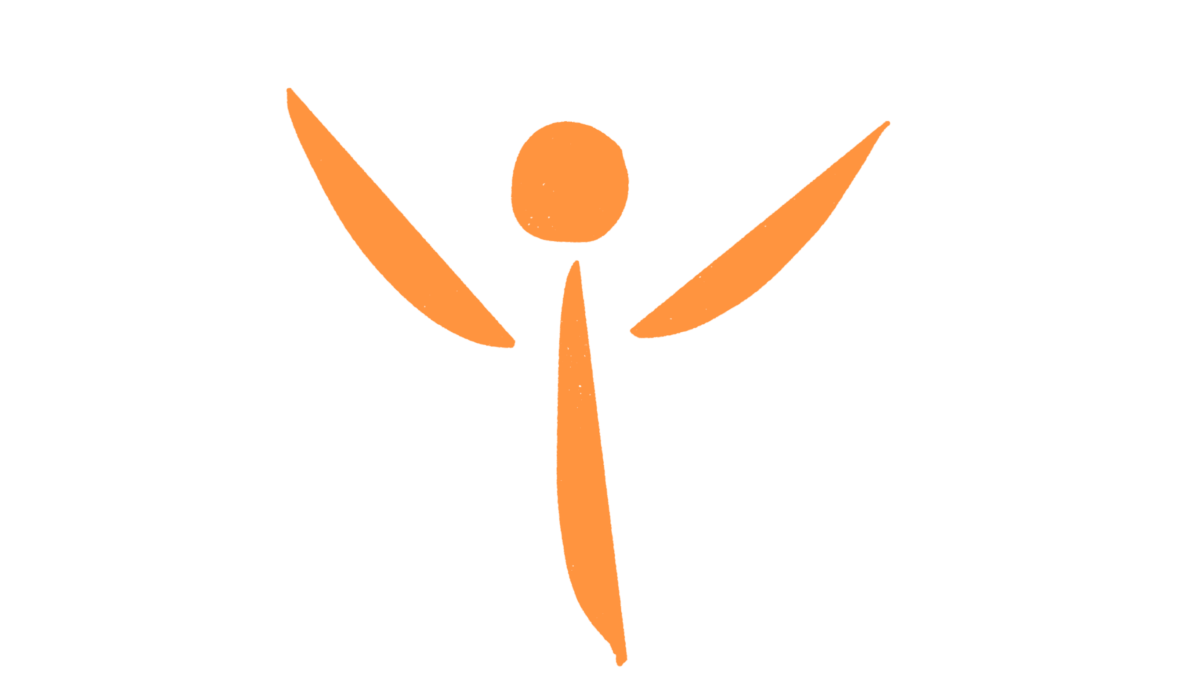
The above figure shows how we use language, viz. we have an experience and create an internal representation of sensory information which is stored eventually in deep memory. As we recall the memory and bring it to conscious mind in order to speak about it, some interesting things happen.
We nominalise, delete, distort and generalise . See below:-
Nominalisation a common form of distortion
• The communication in this company is atrocious
o How could we communicate more effectively?
• They need my decision by Monday
o When will you decide?
Note: nominalization is when we make a verb into a noun and remove the doing or action. There is a simple test for nominalization, if you cannot put it in a wheelbarrow, then it is a nominalisation, in the above examples you cannot put communication or decision in a wheelbarrow even although you could put a piece of paper with what had been communicated or what the decision was, written on it.
Deletion
• I am afraid
o What specifically are you afraid of?
• She is a better driver
o Better than whom?
• I like her
o What do like about her?
Distortion (mind-reading)
• Susan has no regard for my opinion
o How do you know?
• He’ll be compelled to act
o What gives you that impression?
• You’ve lost all respect for me
o What leads you to that view ?
Generalisation
• I am never mistaken
o You have never ever made a mistake?
• Everybody thinks like that
o Everybody? Everybody in the whole world?
• Nobody takes me seriously
o Not one single person in the whole world ?
Reasons to know about this are:-
• Sometimes how we use language, clouds understanding of a specific situation.
• It provides an easy way to get someone, especially you, to think a little more about a situation
• It will provoke new ways of thinking
What is this about?
This is to do with how the brain uses language to build its ‘maps’ and how people create faulty mental maps of reality, failing to test their linguistic / cognitive models against the experience of their senses.
How can we use this insight?
First thing is to notice. Use the observer to catch yourself using these linguistic devices and then ask yourself an appropriate question e.g. you say or think ‘nobody takes me seriously’ . then ask ‘ what nobody? Nobody at all anywhere ever? In the whole wide world, there is nobody that takes me seriously?’ I’m sure you can come up with one or two that do. What this does, is give a truer perspective and probably something better to build beliefs on. Use the insight also, to gently catch others when they use the devices, to help them maintain a ‘truer’ possibly better balanced view.
When you observe, which of the four do you use most:-
- Nominalise?
- Delete?
- Distort?
- Generalise?
What happens when you ‘correct’ and gain a truer, more balanced perspective?



 Figure 2
Figure 2 



